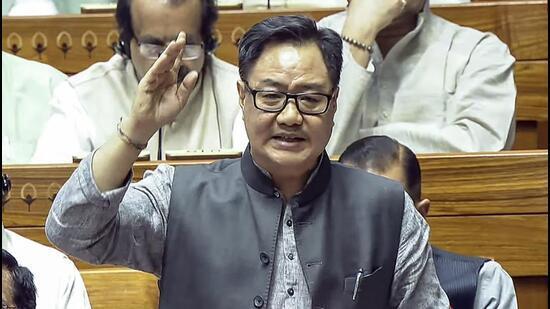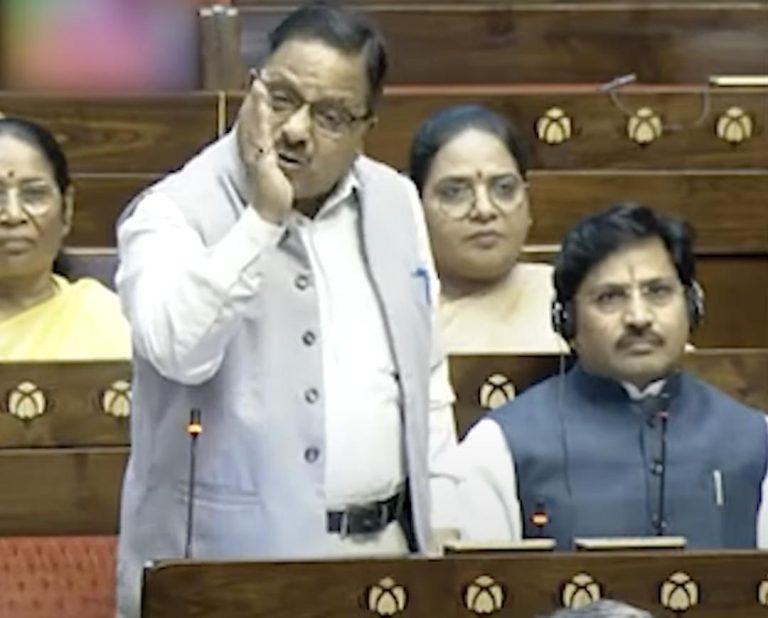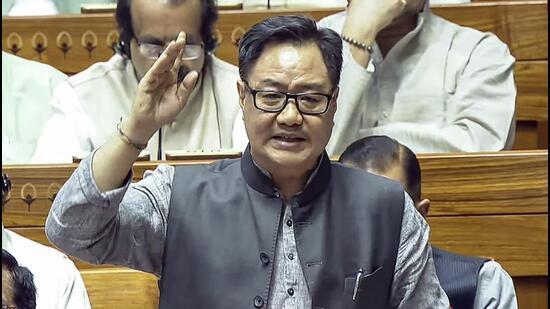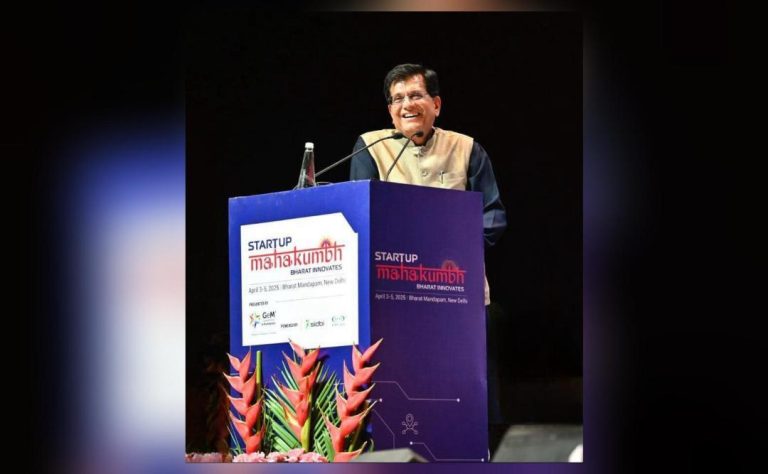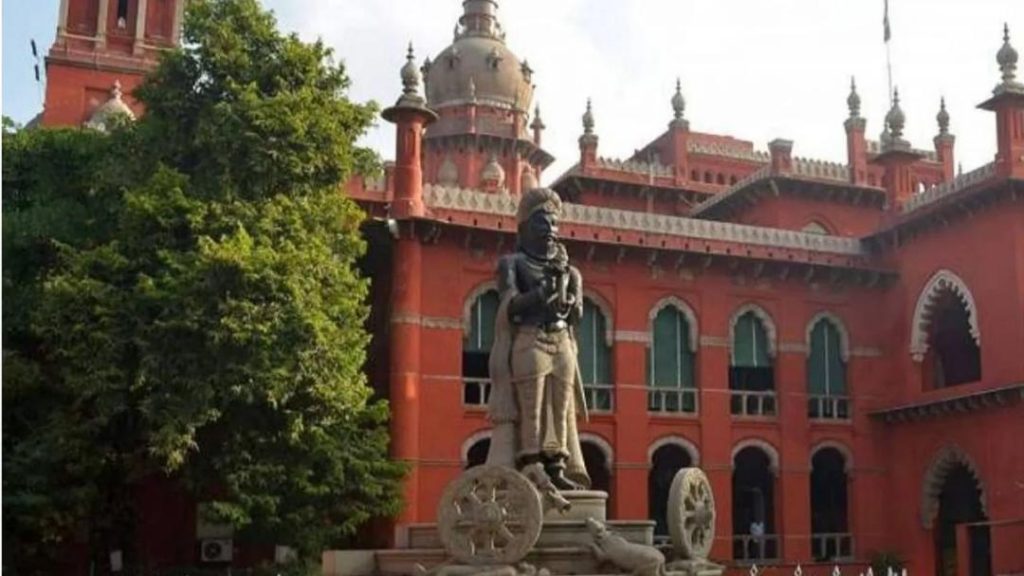
Harassment of Journalists: HC Pulls Up Chennai Police
The role of journalists in a democratic society is to provide unbiased and accurate information to the public, holding those in power accountable for their actions. However, in recent times, journalists have faced increasing harassment and intimidation by those in power, including law enforcement agencies. A recent incident in Chennai, India, has brought this issue to the forefront, with the Madras High Court pulling up the Chennai police for mishandling a first information report (FIR) and harassing journalists under the pretext of a probe.
The incident in question dates back to September 2022, when a sexual assault case was reported at Anna University in Chennai. The FIR was filed, and the police launched an investigation. However, the police’s handling of the probe and its interactions with journalists have been widely criticized. According to reports, the police used strong language in the FIR, criticizing the media’s coverage of the case and accusing them of spreading false information.
The Madras High Court, in its recent judgment, has upheld the rights of journalists and condemned the harassment of scribes under the pretext of a probe. The court has ordered the protection of journalists’ rights and has criticized the language used by the police in the FIR. The judgment has sent a strong message to law enforcement agencies and those in power that they cannot use their authority to intimidate and harass journalists who are simply doing their jobs.
The court’s judgment is a significant development in the ongoing debate about the role of journalists in Indian society. Journalists have faced increasing harassment and intimidation in recent years, with many cases of physical and verbal abuse reported. The Madras High Court’s decision has recognized the importance of journalistic freedom and has sent a strong message that such harassment will not be tolerated.
The case in question began when a sexual assault case was reported at Anna University in Chennai. The FIR was filed, and the police launched an investigation. However, the police’s handling of the probe and its interactions with journalists have been widely criticized. According to reports, the police used strong language in the FIR, criticizing the media’s coverage of the case and accusing them of spreading false information.
The FIR, which was filed under various sections of the Indian Penal Code and the Information Technology Act, accused several journalists of spreading false information about the case. The FIR also accused the journalists of trying to influence the investigation and of spreading rumors about the case. The language used in the FIR was strongly critical of the media, with the police accusing them of being ” biased” and of “creating unrest” in the city.
The journalists who were named in the FIR have denied the allegations and have accused the police of trying to intimidate and harass them. The journalists have also accused the police of using the FIR as a way to silence them and to prevent them from reporting on the case.
The Madras High Court’s judgment has recognized the importance of journalistic freedom and has sent a strong message that such harassment will not be tolerated. The court has ordered the protection of journalists’ rights and has criticized the language used by the police in the FIR. The judgment has also recognized the importance of a free and independent media in a democratic society.
The court’s decision is significant not just for the journalists involved in the case but also for the wider media community. It sends a strong message that journalists have the right to report on the news without fear of intimidation or harassment. It also recognizes the importance of a free and independent media in a democratic society, where journalists are able to hold those in power accountable for their actions.
The case highlights the need for law enforcement agencies to respect the rights of journalists and to avoid using their authority to intimidate and harass them. The police have a crucial role to play in maintaining law and order in society, but they must do so in a way that respects the rights of all individuals, including journalists.
In conclusion, the Madras High Court’s judgment is a significant development in the ongoing debate about the role of journalists in Indian society. The court’s decision has upheld the rights of journalists and has condemned the harassment of scribes under the pretext of a probe. The judgment has sent a strong message that such harassment will not be tolerated and that journalists have the right to report on the news without fear of intimidation or harassment.
